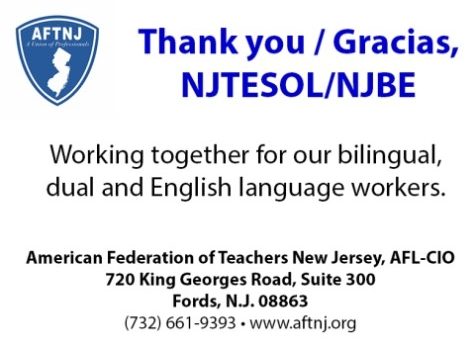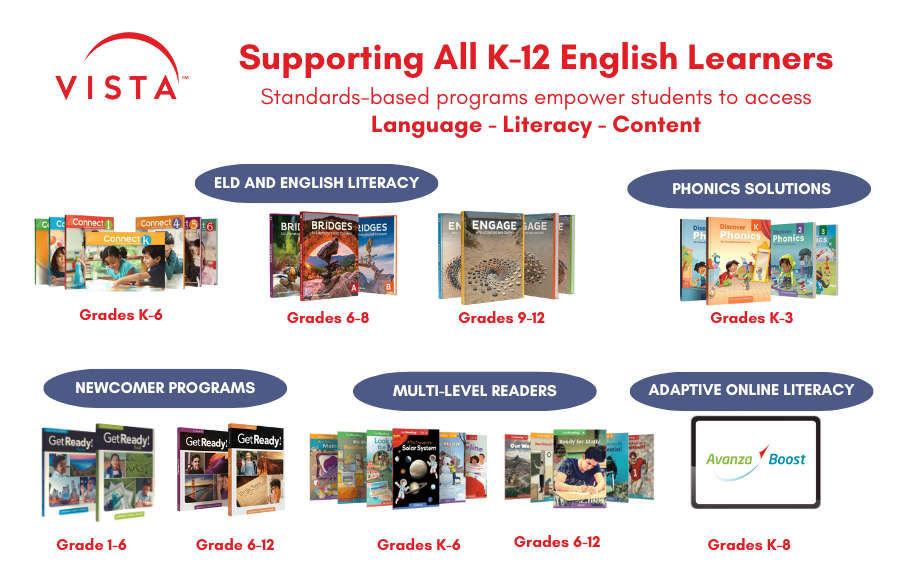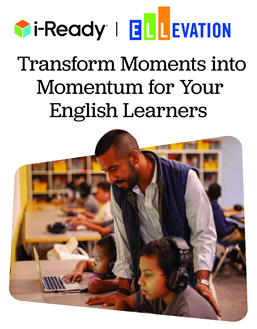References
Achieving the Dream Staff. (2023). Equity Toolkit. https://achievingthedream.org/areas-of-expertise/equity/
Ascenzi-Moreno, L. (2018). Translanguaging and responsive assessment adaptations. Language Arts, 95(6), 355-369.
American Association of Teachers of Spanish and Portuguese Staff [AATSP]. (2024). Community College Data. https://www.aatsp.org/
Aupperle, R. L., Melrose, A. J., Stein, M. B., & Paulus, M. P. (2012). Executive function and PTSD: Disengaging from trauma. Neuropharmacology, 62(2), 686–694.
Biondi, M. (2021). Teaching for equity and inclusion in the community college world language classroom. NECTFL Review, 87(1), 27-44. https://www.nectfl.org/nectfl-review/
Castro, M. (2021). Advancing Equity in Dual Language Education: A Guide For Leaders. National Association of Bilingual Education.
Coxen, A. (2022). Taking action. NJEA Review. https://www.njea.org/njea-review/
Eisenberg et al. (2021). The healthy minds study. The Healthy Minds Network. 1, 1-12.
Excelencia in Education Staff. (2023). College completion gaps between Latino and white students have increased. Excelencia in Education.
Feng, J. (2021). Language access: More than translation. Learning for Justice, 1, 1-8.
García, O. (2013). Theorizing translanguaging for educators. Translanguaging: A CUNY-NYSIEB Guide for Educators, 1, 1-199.
García, O. & Solorza, C. (2020) Academic language and the minoritization of U.S. bilingual Latinx students. Language and Education Journal, 1-18. https://doi.org/10.1080/09500782.2020.1825476
Gottardo, A., Chen, X., & Huo, M. R. Y. (2021). Understanding within‐ and cross‐language relations among language, preliteracy skills, and word reading in bilingual learners: Evidence from the Science of Reading. Reading Research Quarterly, 56(1), S371–S390. https://doi.org/10.1002/rrq.410
Isserles, R. (2021). The costs of completion: Student success in community college. Johns Hopkins University Press.
Jack, A. A. (2019). The privileged poor: How elite colleges are failing disadvantaged students. Harvard University Press.
Johnson, E. (2016). The moral absurdity of denying financial aid to undocumented students. The Chronicle of Higher Education. https://www.chronicle.com/article/the-moral-absurdity-of-denying-financial-aid-to-undocumented-students/
Knoblock, N., & Youngquist, J. (2016). College-level sheltered instruction: Revisiting the issue of effectiveness. Journal of the Scholarship of Teaching & Learning, 16(5), 49–69. https://doi.org/10.14434//josotl.v16i5.20022
Marrero-Riera, A. (2021). An economic portrait of low-income Hispanic/Latinx students. NASPA: Student Affairs Administrators in Higher Education. https://www.naspa.org/blog/an-economic-portrait-of-low-income-hispanic/latinxstudents
Mental Health Association. (2022). Mental health first aid training manual. https://www.mentalhealthfirstaid.org/
Muller, M. (2015). The French/Italian for Spanish Speakers Project: From idea to permanent program. Intercomprehension and Plurilingualism assets for Italian language in the USA, 1, 171-190.
PEN America (2023). Index of Educational Intimidation Bills.
Postsecondary National Policy Institute. (2019). Latino students in higher education.
Rojas, L. (2017). Teachers matter: The teacher’s role in increasing working-class Latina/o youth’s college access and empowerment. Teacher Education & Practice, 30(3), 403–424.
Spinelli. B. (2015). Integrating plurilingualism into the curriculum design: Toward a plurilingual shift in higher education. Intercomprehension and Plurilingualism Assets for Italian Language in the USA, 1, 191-206.
Sykes, J. (2020, May 26). World language research in the COVID-19 era: Tips, strategies, and support. [Conference session]. American Council on the Teaching of Foreign Languages Webinar Series.
Thomas, W. P., & Collier, V. P. (1997). School effectiveness for language minority students. National Clearinghouse for Bilingual Education. U.S. Department of Education (2024). White House Initiative on Advancing Educational Equity, Excellence, and Economic Opportunity for Hispanics. https://sites.ed.gov/hispanic-initiative/hispanic-serving-institutions-hsis/
U.S. Department of Education (2025). Higher Education. https://www.ed.gov/higher-education
Valdez-Quade, K. (2017). Youth From Every Quarter. Longreads.
Walker, T. (2023). Teachers work more hours per week than other working adults. NEA Today. National Education Association. https://www.nea.org/nea-today/all-news-articles/survey-teachers-work-more-hours-week-other-working-adults
Zahneis, M. (2024). The rise of faculty budget activists. The Chronicle of Higher Education. https://www.chronicle.com/article/the-rise-of-the-faculty-budget-activists

 Introduction
Introduction



